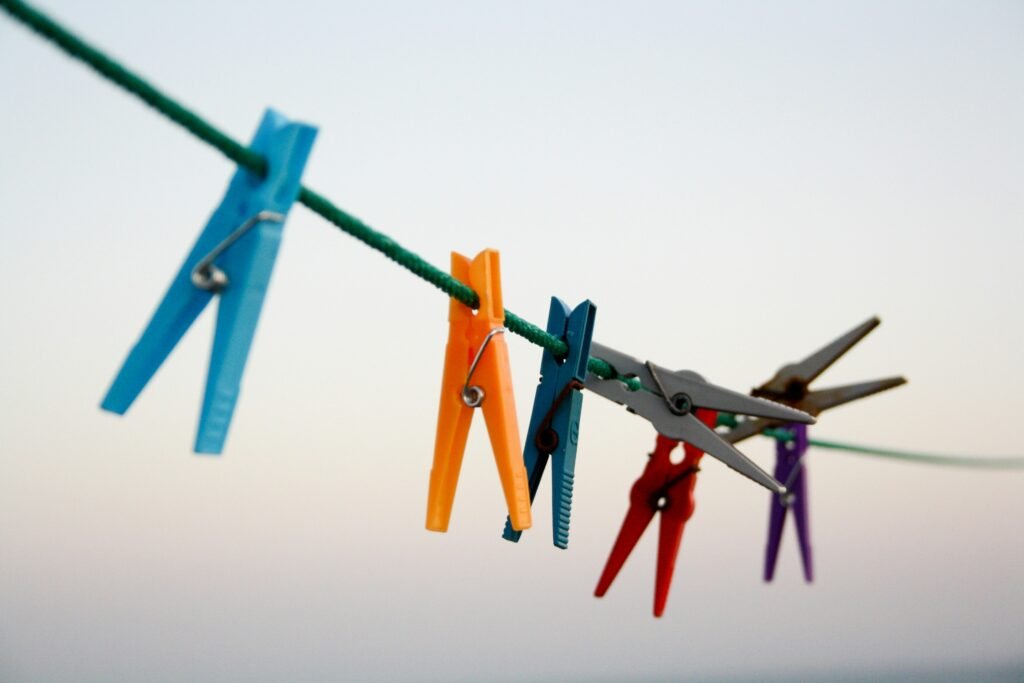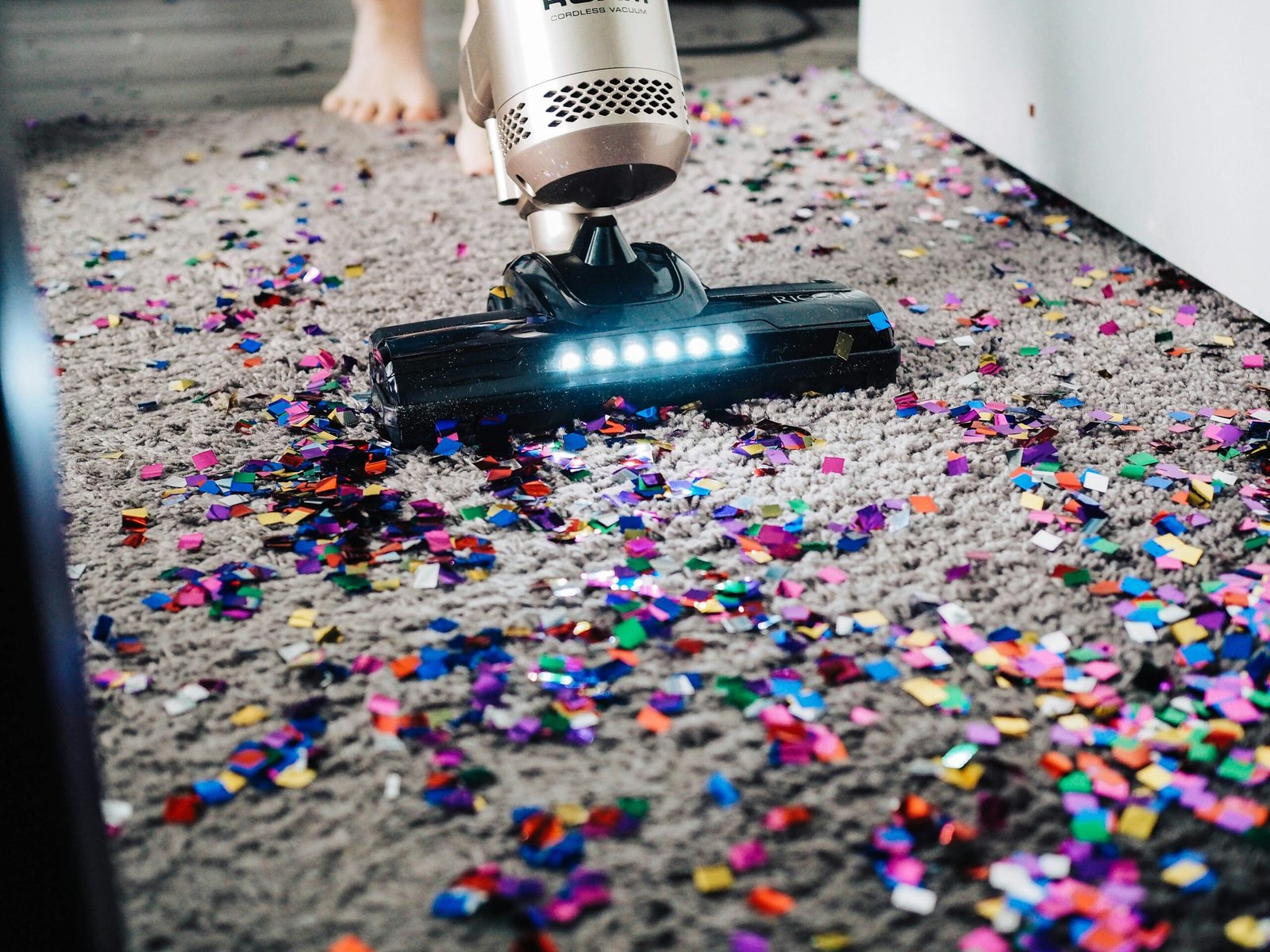Mastering Proper Cleaning Techniques for Alligator Leather
Alligator leather is renowned for its luxurious and exotic appeal, but maintaining its pristine condition requires the mastery of proper cleaning techniques. In this article, you will discover the essential steps and tips to ensure your alligator leather products, from belts to handbags, remain in impeccable shape for years to come. With a friendly approach, we will guide you through the process of handling Alligator leather, revealing industry secrets to effectively remove dirt, stains, and maintain its natural shine. Whether you are a proud owner of alligator leather items or simply curious about their care, this article will equip you with the knowledge and confidence to preserve the beauty of your cherished possessions.

This image is property of images.unsplash.com.
Understanding Alligator Leather
What is alligator leather?
Alligator leather is a luxurious material made from the skin of alligators. It is highly sought after for its exotic texture, durability, and distinctive scale patterns. Alligator leather products, such as handbags, wallets, boots, and belts, are considered to be a symbol of elegance and are often associated with high-end fashion. The process of acquiring alligator leather involves careful sourcing, tanning, and crafting, resulting in high-quality, premium products that are both stylish and functional.
Properties of alligator leather
Alligator leather possesses several unique properties that contribute to its desirability and value. Firstly, its natural pattern of scales adds an exquisite touch and gives each piece a one-of-a-kind appearance. The softness and flexibility of alligator leather make it comfortable to wear while still maintaining its shape over time. Additionally, the material is known for its exceptional strength and resistance to wear and tear. Alligator leather is also highly water-resistant, making it suitable for a variety of climates and conditions. These properties, combined with the exquisite craftsmanship involved in creating alligator leather products, make them highly sought after by luxury enthusiasts worldwide.
Importance of Proper Cleaning Techniques
Preserves the quality and appearance
Properly cleaning alligator leather is vital for preserving its quality and appearance. Over time, dirt, dust, and stains can accumulate on the surface, dulling the leather’s natural sheen. Regular cleaning helps remove these impurities, preventing them from penetrating the material and causing long-term damage. By keeping alligator leather clean, you can maintain its luxurious appearance and ensure its longevity.
Prevents damage and deterioration
Alligator leather is a delicate material that requires gentle care to prevent damage and deterioration. Neglecting proper cleaning techniques can result in the accumulation of dirt and grime, which can potentially lead to stains and discoloration. Furthermore, if not cleaned regularly, the leather may become dry and susceptible to cracking or peeling. By implementing the correct cleaning methods, you can prevent these issues and ensure that your alligator leather products remain in pristine condition for years to come.
Gathering the Required Materials
Before embarking on the cleaning process, it is essential to gather the necessary materials. Here’s what you’ll need:
Soft brush or cloth
Choose a soft brush or cloth specifically designed for delicate materials such as leather. This ensures that you won’t accidentally scratch or damage the leather surface while cleaning.
Mild soap or leather cleaner
Opt for a mild soap or specially formulated leather cleaner to maintain the integrity of the alligator leather. Avoid using aggressive cleaning products that may contain harsh chemicals, as these can strip the leather of its natural oils and cause irreversible damage.
Distilled water
Using distilled water helps avoid any potentially harmful minerals or impurities found in tap water that could damage the leather’s surface.
Lukewarm water
Prepare lukewarm water to dampen the cleaning cloth or brush. Extreme temperatures can harm the leather, so ensure the water is comfortably warm, but not hot.
Clean and dry towels
Have clean, dry towels on hand to remove excess moisture from the leather after cleaning.
Preparing the Alligator Leather for Cleaning
Before diving into the cleaning process, take the following steps to prepare the alligator leather:
Check for any stains or spills
Inspect the alligator leather for any visible stains or spills. Identifying and addressing these areas beforehand will help you focus your cleaning efforts accordingly.
Remove surface dust and dirt
Gently brush off any loose dirt or dust from the surface of the alligator leather using a soft brush or cloth. This step helps prevent the dirt from spreading or embedding further into the material during the cleaning process.
Test cleaning solution on a small, hidden area
Before applying any cleaning solution to the entire alligator leather, test it on a small, inconspicuous area. This allows you to ensure that the cleaning product does not adversely affect the color or texture of the leather. Wait for the tested area to dry completely before proceeding.

This image is property of images.unsplash.com.
Cleaning Alligator Leather
Now that you’ve prepared the alligator leather, it’s time to start cleaning:
Using a soft brush or cloth
Dip the soft brush or cloth into the lukewarm water and gently wring out any excess moisture. Ensure the brush or cloth is only damp and not soaking wet.
Dampening the cloth or brush
Using the damp cloth or brush, gently wipe the surface of the alligator leather in a smooth and even motion. Be careful not to scrub too vigorously, as this may damage the delicate scales or texture.
Gently wiping the leather surface
Wipe the entire surface of the alligator leather, paying close attention to any stained or soiled areas. Continue using gentle, circular motions to lift dirt and grime from the leather.
Avoiding excessive moisture or rubbing
To prevent excessive moisture or rubbing, periodically rinse and wring out the cloth or brush. This ensures that only a minimal amount of water is used during the cleaning process, reducing the risk of damage to the leather.
Removing stains using mild soap or leather cleaner
For tougher stains or spills, apply a small amount of mild soap or leather cleaner directly to the cleaning cloth or brush. Gently work the cleaning solution into the stained area, using light pressure and circular motions. Take care not to overly saturate the leather with the cleaning solution.
Removing Tough Stains
Identifying the type of stain is crucial in determining the appropriate stain removal techniques for alligator leather. Here are a few common types of stains and how to tackle them:
Ink stains:
Dab the stained area with a clean cloth or cotton ball soaked in rubbing alcohol. Be gentle and avoid rubbing the ink further into the leather. Once the stain is removed, wipe the area with a damp cloth and allow it to air dry.
Oil and grease stains:
Sprinkle a small amount of baking soda onto the stain and let it sit for a few hours. Gently brush off the baking soda and wipe the area with a clean, damp cloth. If the stain persists, consult a professional leather cleaner for assistance.
Water stains:
Lightly dampen the entire surface of the alligator leather using a clean, damp cloth. This helps even out the appearance of the water stain and prevent any potential water rings. Allow the leather to air dry naturally.
If you encounter a stubborn stain that cannot be removed using these techniques, it is best to seek professional help to avoid causing further damage to the leather.

This image is property of images.unsplash.com.
Drying and Conditioning
After cleaning the alligator leather, it is crucial to dry and condition it properly:
Removing excess moisture with a clean towel
Gently pat the cleaned leather with a clean, dry towel to remove any excess moisture. Avoid vigorous rubbing, as this can disrupt the integrity of the leather.
Allowing the leather to air dry
After removing excess moisture, allow the alligator leather to air dry naturally in a well-ventilated area. Avoid using direct heat sources, such as hairdryers or sunlight, as these can cause the leather to crack or fade.
Applying a leather conditioner
Once the alligator leather is completely dry, apply a high-quality leather conditioner specifically designed for exotic leathers. Use a clean cloth to evenly spread the conditioner across the entire surface of the leather. This step helps replenish the natural oils and restores the leather’s softness and luster. Follow the product instructions for the appropriate amount of conditioner to use and how often to apply it.
Storage and Maintenance Tips
Proper storage and regular maintenance are essential for prolonging the lifespan of alligator leather products:
Avoiding exposure to direct sunlight
Direct sunlight can cause fading and discoloration of alligator leather. When storing or displaying your alligator leather items, keep them away from windows or other areas with excessive sunlight exposure.
Keeping away from heat sources
Heat can dry out and damage the leather. Avoid storing alligator leather products near radiators, fireplaces, or other heat sources. Instead, choose a cool and dry location for storage.
Regularly cleaning and conditioning
To keep your alligator leather in optimal condition, make it a habit to clean and condition it regularly. Incorporate this maintenance routine into your schedule to ensure that your alligator leather products stay looking luxurious and elegant.
Properly storing in a cool and dry place
When not in use, store your alligator leather items in a cool and dry place. Use a dust bag or wrap them in acid-free tissue paper to prevent dust buildup and protect them from potential damage.
Using a dust bag or wrapping in acid-free tissue paper
To protect your alligator leather items from scratches and dust, consider using dust bags or wrapping them in acid-free tissue paper. This extra layer of protection ensures that your items will remain in pristine condition during storage.
Dealing with Scratches and Scuffs
Even with careful handling, alligator leather may occasionally develop scratches or scuffs. Here’s how to address them:
Using a leather conditioner or cream
Apply a small amount of leather conditioner or cream to a soft cloth. Gently massage the affected area using circular motions. This will help moisturize the leather and fade the appearance of minor scratches or scuffs.
Gently massaging the affected area
Be gentle when massaging the leather, as excessive pressure may cause further damage. Allow the conditioner or cream to penetrate the scratched area, and wipe away any excess product.
Seeking professional assistance if necessary
For deeper scratches or scuffs that cannot be resolved using home remedies, it may be best to seek professional assistance. Leather experts have the experience and tools necessary to restore the appearance of alligator leather products effectively.
Conclusion
Mastering the proper cleaning techniques for alligator leather ensures its longevity and retains its luxurious appearance. Regular and gentle cleaning, along with appropriate care and maintenance, is essential for preserving the beauty of alligator leather products. By following the recommended methods and seeking professional help when necessary, you can enjoy your alligator leather items for years to come. With proper cleaning and maintenance, your alligator leather products will continue to exude elegance and stand the test of time. So, embrace the art of cleaning alligator leather and ensure the lasting beauty of your prized possessions.



